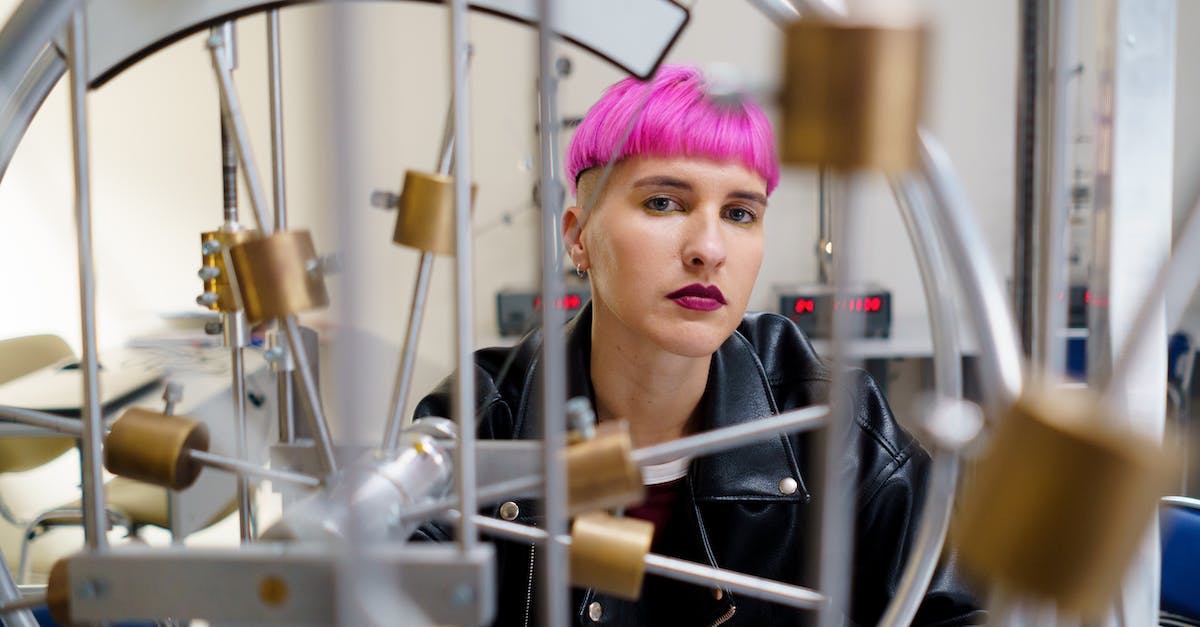Northwestern University is a highly regarded institution of higher learning, and its transfer acceptance rate is reflective of that. The Wall Street Journal and Times Higher Education College Rankings of 2021 placed Northwestern 10th overall, while the U.S. News and World Report positioned them at 9. In 2021, it was announce by the school that $886 would be donated for historicalsponsored research.
The Northwestern campus, located in Evanston, Illinois, is a short distance from the bustling metropolis of Chicago - offering an array of social and cultural attractions to appeal to all types of students. Because of its location and reputation, Northwestern attracts students from all over the world who are looking for a top-notch education. If you're thinking about transferring to Northwestern, here's what you need to know about their transfer acceptance rate.
Northwestern University Transfer Acceptance Rate
Are you considering transferring to Northwestern University? If so, you're probably wondering about your chances of being accepted.
Overall, Northwestern has a very competitive admissions process, with an acceptance rate of just 7%. However, transfer applicants have a slightly better chance of being accepted, with an acceptance rate of 15%.
Out of the 2,086 freshmen who enrolled for next academic year, half of them got accepted via Early Decision. This means that the regular decision acceptance rate is even lower than 7%.
So what does this all mean for you? If you're hoping to transfer to Northwestern, your best bet is to apply as early as possible. Your odds of being accepted are significantly higher if you do. Even if you don't get in through early decision, your chances are still better than if you apply during regular decision.
Of course, Northwestern isn't the only school with a competitive transfer process. So be sure to research other schools that interest you and compare their admission rates before making your final decision.
Application Requirements & GPA for Northwestern Transfers
If you're looking to transfer to Northwestern University, here's what you need to know in terms of application requirements and GPA.
First, let's start with the basics. You'll need a minimum GPA of 3.0 in order to be eligible for admission consideration. As for standardized test scores, the average SAT score for incoming transfers is 1460-1540, while the average ACT score is 33-35. However, please note that Northwestern does not require standardized test scores for admission consideration - they are optional.
Now, on to the application fee. The fee for transferring to Northwestern is $75. Once you've submitted your completed application, all that's left to do is wait for a decision from the admissions committee.
So, what are your chances of getting in? Unfortunately, due to the high level of competition, the northwestern university transfer acceptance rate is relatively low. However, if you have a strong academic record and submit a well-rounded application, you definitely have a chance of being admitted!
Northwestern Transfer Deadline
The Northwestern University transfer deadline is March 15. However, the deadline may be extended to April 10 for students who cannot meet the March 15 deadline. Additional application materials may be required for those applying to the Bienen School of Music, with separate deadlines.
According to recent data, the northwestern university acceptance rate for transfer students is quite high. In fact, over 70% of transfer applicants are accepted into the school. This makes Northwestern a great option for students looking to transfer from another institution.
If you're considering transferring to Northwestern, be sure to start your application process early and have all your materials ready by the deadline. With a little planning and effort, you'll be on your way to becoming a Wildcat in no time!
Northwestern University Transfer Admission Decision Date
The Decision Date for Northwestern University Transfers is at the end of May. Northwestern will not review your transfer application until all required materials are received. Keep this in mind as you prepare your application; make sure to submit everything on time!
What can you do to increase your chances of being accepted as a transfer student to Northwestern? Start by looking at the school's transfer acceptance rate. According to recent data, the average acceptance rate for Northwestern University transfers is around 33%. This means that out of every 100 students who apply, only about 33 will be admitted.
Of course, your individual odds of being accepted may be higher or lower depending on various factors. For example, if you have a strong academic record and submit impressive letters of recommendation, your chances of getting in will be better than average. Likewise, if you're applying to a highly competitive program such as engineering or
Should You Transfer to Northwestern University?
Northwestern University is a private research university with an acceptance rate of 9.3%. Located in Evanston, Illinois, Northwestern is one of the nation's top universities, and it's no surprise that many students are interested in transferring here.
If you're considering transferring to Northwestern, you'll want to know about the cost of attendance, the student body demographics, and the job placement rates for recent graduates. What you need to know is the cost of attendance at Northwestern University which is $75,462. This includes tuition, fees, room and board. The percentage of white students in the incoming class for 2025 is 54%. For Asian American students, Hispanic or Latinx students, and black or African American students the percentages are 15%, 13%, and 8% respectively. The percentage of Pell Grant recipients in the incoming class for 2025 is 18%, which is the same as the percentage for first-generation college attendees.
Within six months of Weinberg College of Arts and Sciences graduates receiving their degree, 87% of them were employed. The average salary of employed Northwestern graduates from the Weinberg College of Arts and Sciences was $52,716. Within six months of graduating, 95% of students from the McCormick School of Engineering and Applied Science were employed. The average salary for employed McCormick alumni was $77,944.
Overall, Northwestern University is a great choice for transfer students. It's important to keep in mind that the cost of attendance is high, but the job placement rates are excellent. If you have your heart set on attending a top-tier university, Northwestern should definitely be on your list!
Applying as a Transfer Student to Northwestern University
Are you considering transferring to Northwestern University? If so, you'll need to submit your application by March 15. Both the Common Application and Coalition Application can be used to apply, you will need high school &college transcript as well as a College Report from your current institution. An Academic Evaluation may also be required.
SAT and ACT scores are currently optional for transfer applicants, but this could change in future years, so it's best to go ahead and submit them if you have them. The application fee is $75. If English is not your primary language, you must also submit proof of English language proficiency.
The Northwestern University transfer acceptance rate iscurrently unknown, but will likely be competitive. However, if you have strong grades and a good record of academic achievement, you may have a good chance of being accepted.
If you're thinking of transferring to Northwestern University, be sure to start the application process early and give yourself plenty of time to complete everything. Good luck!
Conclusion
All things considered, Northwestern University is an excellent option for students who are looking to transfer from another school. The average acceptance rate for Northwestern University transfers is around 33%. One way to improve the likelihood of getting into your dream school is by ensuring you have a stellar academic performance. Another tip is to look at the institution's transfer acceptances rates. Applying early will also give you a better chance of getting in.


